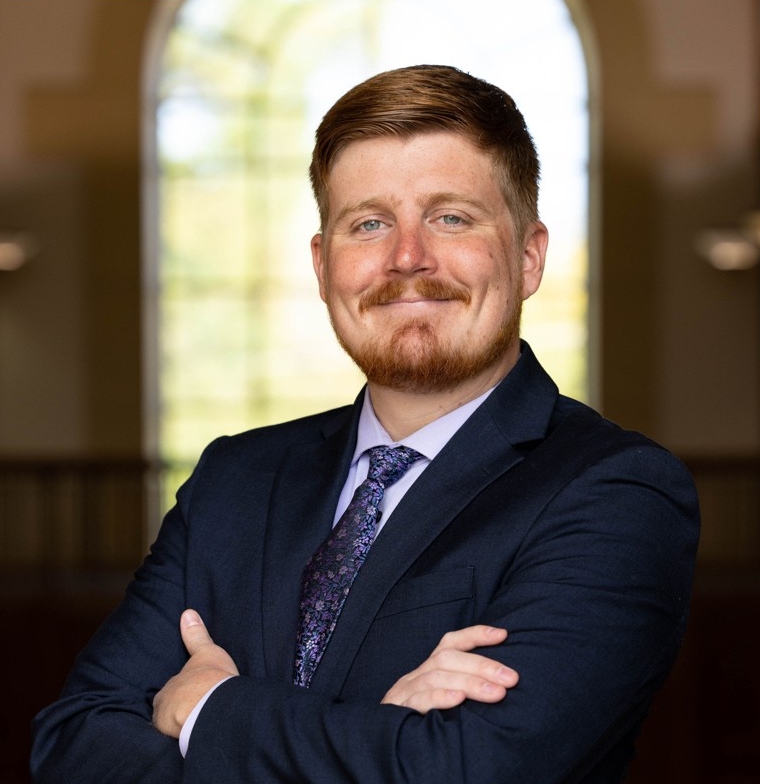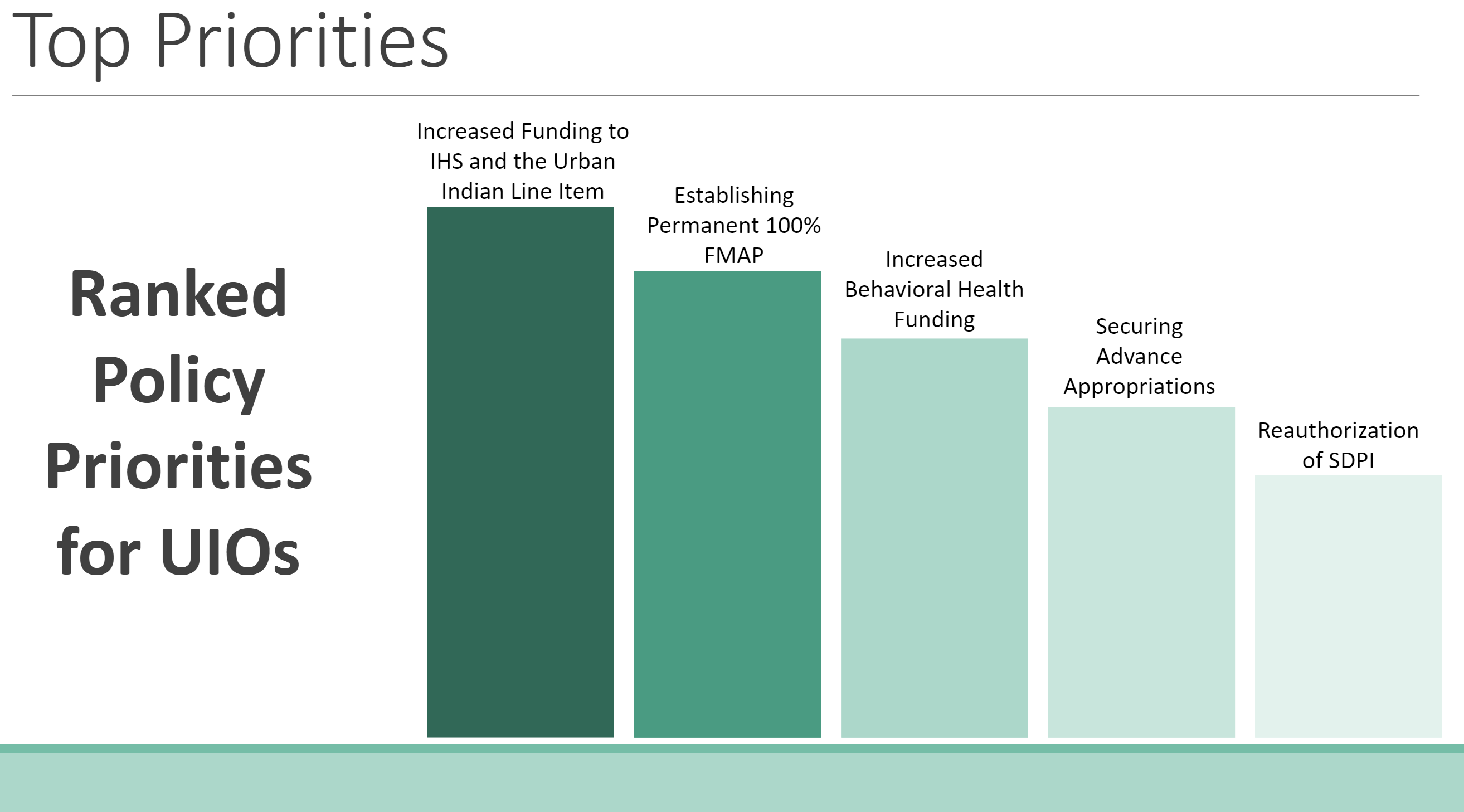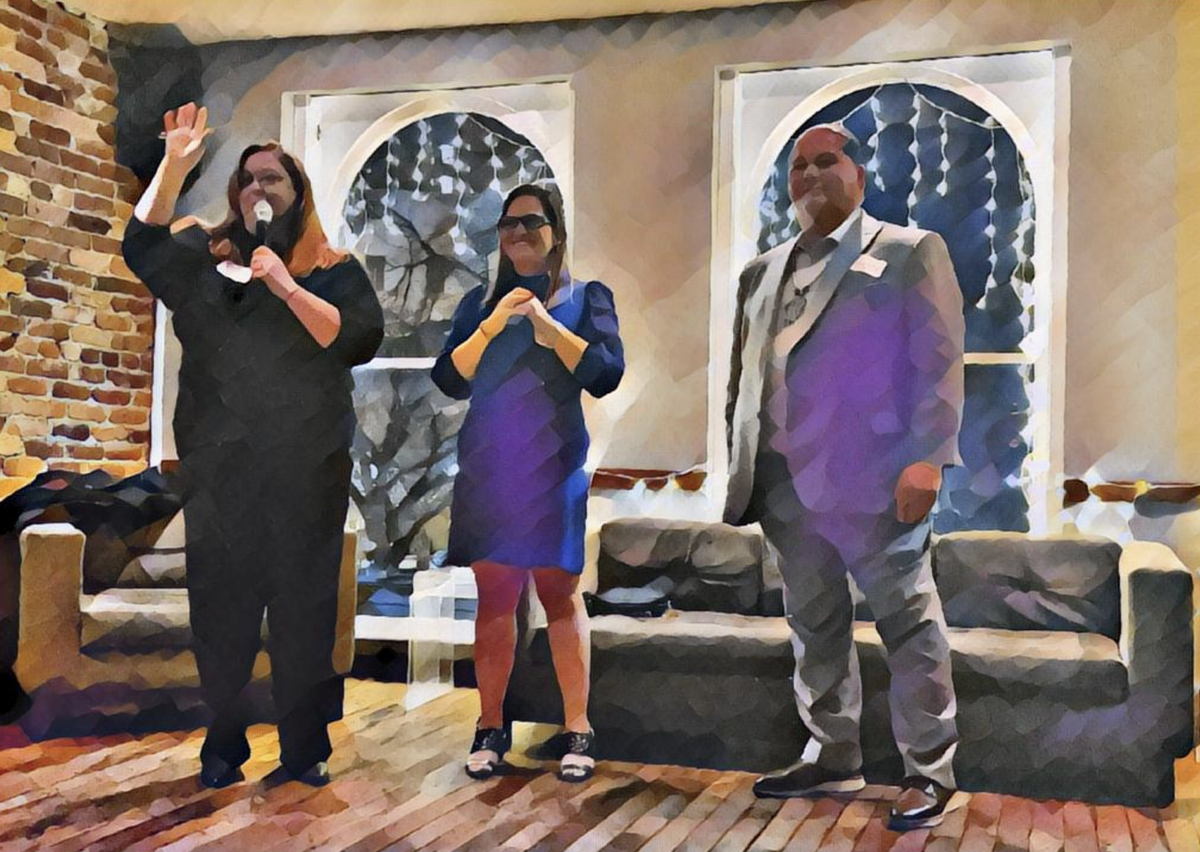GAO Report Finds that Tribes and Native Organizations Faced Barriers to Accessing Federal COVID-19 Relief Funds Due to Administrative Burdens
On December 15, 2022, the U.S. Government Accountability Office (GAO) issued a report that examined approaches federal agencies used to administer programs that provided COVID-19 funds under the Coronavirus Aid, Relief, and Economic Security (CARES) Act to tribal recipients and outlined lessons learned that could improve future federal relief to recipients. Tribal recipients included tribal entities, tribal members, urban Indian organizations (UIOs), and American Indian or Alaska Native individuals (AI/AN). Among the top lessons learned included prioritizing established mechanisms and structures to distribute relief funds to tribal recipients. The National Council of Urban Indian Health (NCUIH) has advocated extensively for emergency relief funding to UIOs in a manner consistent with GAO’s recommendations throughout the COVID-19 pandemic.
Background
GAO is an independent, non-partisan agency that works for Congress. GAO examines how taxpayer dollars are spent and provides Congress and federal agencies with objective, non-partisan, fact-based information to help the government save money and work more efficiently.
To do so, GAO conducts reviews of federal agencies and programs, including those that serve Tribes, their citizens, and descendants. (GAO generally does not audit Tribes’ activities). GAO reviews span a broad range of topics of concern to Tribes, including health care, education, economic development, environmental protection, justice, and infrastructure, among others including this report. GAO’s oversight of federal programs that serve Tribes and their citizens aims to help the Congress determine how best to meet the government’s longstanding commitments to federally recognized Tribes.
GAO conducted this report, in part, due to the disproportionate and devastating impact the COVID-19 pandemic has had on public health and economies of federally recognized Tribes and their members living both on and off reservation land including urban areas. Additionally, the CARES Act includes a provision for GAO to conduct monitoring and oversight related to the COVID-19 pandemic. The report notes that Congress has appropriated at least $43.6 billion since March 2020 for federal programs serving Tribes, their members, and tribal organizations including UIOs. The report examined approaches select federal agencies, including the United States Department of Agriculture (USDA), Department of Health and Human Services (HHS), Interior, and the Treasury, used to administer programs that provided COVID-19 funds to tribal recipients and lessons learned that could improve future federal relief to these recipients. GAO reviewed federal agency documents and interviewed agency officials, tribal recipients, and representatives of tribal organizations selected amongst federal agencies.
Report Findings and Recommendations
GAO identified lessons learned from select federal agencies’ administration of COVID-19 relief funding that could improve future federal relief for tribal recipients. For example, using existing mechanisms, such as contracts and compacts, can enable agencies to quickly distribute funds to recipients and mitigate administrative burdens for agencies and Tribes. By enabling agencies to use existing mechanisms to distribute funds, Congress would better ensure that they distribute these funds more quickly and with minimal additional administrative burden on tribal recipients and agencies. This also allows agencies to maintain accountability in the use of the funds through existing reporting mechanisms. Additionally, GAO found that increasing federal capacity and expertise for working with tribal recipients could improve federal administration of future funding for tribal recipients. In accordance with a 2021 Presidential Memorandum, each selected agency is implementing an action plan that includes building capacity and expertise to better meet the unique needs of tribes and tribal communities. GAO recommends Congress should consider, when seeking to provide Tribes with emergency relief that it wants to be distributed as quickly as possible, providing this relief in a manner that enables agencies to distribute it through existing mechanisms and structures, such as self-determination contracts and self-governance compacts, as appropriate.







